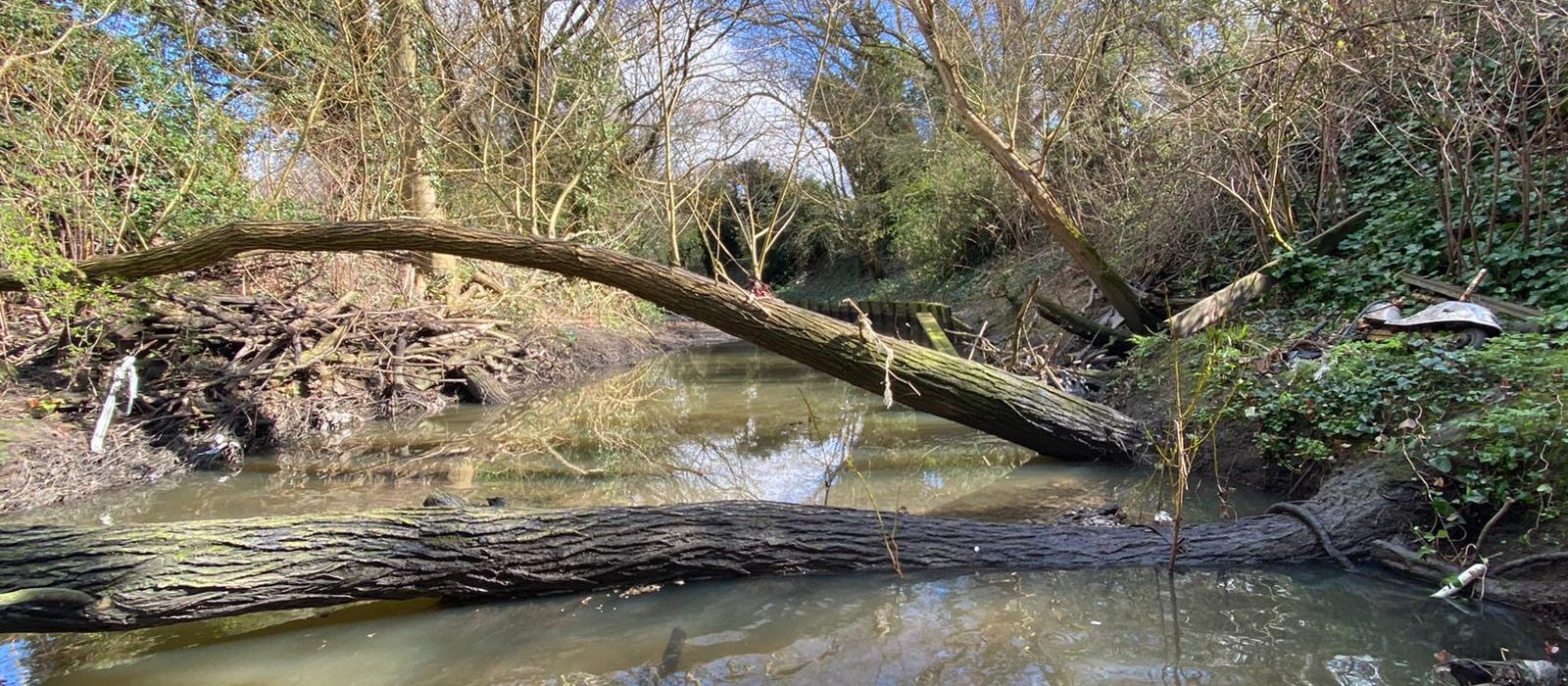Why wood is good for rivers
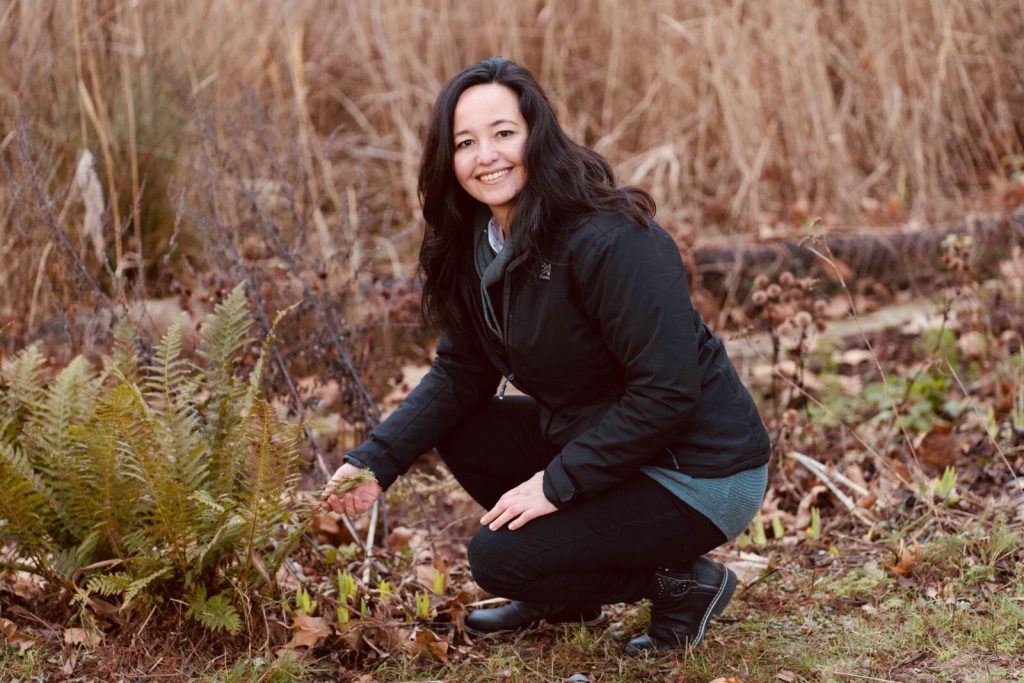
Carolina Pinto is our Brent Rivers and Communities Officer, working with the community in north west London to help bring the river back to life. She talks us through a simple and affordable way to rewild a river: by adding wood
I was working with a volunteer recently, adding some large logs to the river Brent in North West London, as part of our project to boost the river’s health. After we’d finished the work he asked me: So Carolina, how long will it take before this has an impact?
It might seem strange to think that simply adding a few logs to a river will help make it healthier. If you went for a walk during London Rivers Week and noticed some woody material in a river, you might even have thought that it looks a bit messy.
But in nature, when left to their own devices, rivers are often full of logs and woody material. If we want to encourage natural processes in a river – this is what we mean by restoring or rewilding – adding logs is one of the most effective techniques we can use.
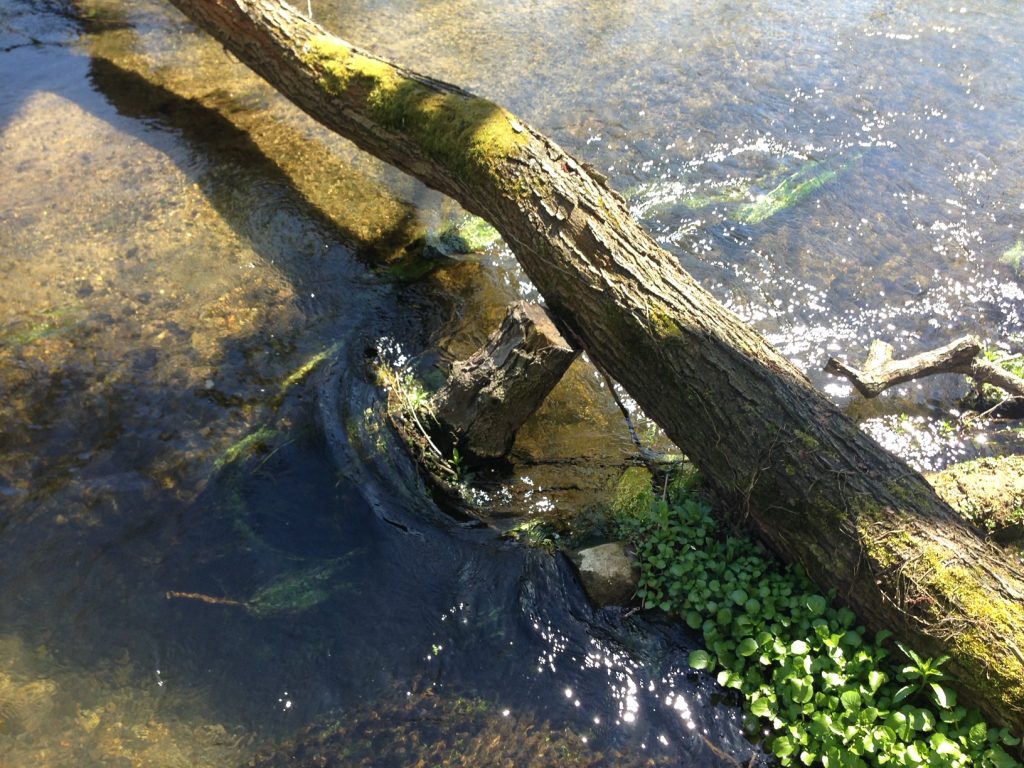
Unlike removing concrete, or uncovering buried rivers, adding woody material is inexpensive and often doesn’t require contractors. It’s something that a group of volunteers can do in an afternoon, if properly guided. Although it is a simple technique, there is a lot of science behind it: the right materials, angles, and the right location to place the wood, and it needs to be secured properly, sometimes using wooden stakes, wire, steel cables and pins to fix them in place.
So, to answer my volunteer’s question: once you’ve added some wood, how long does it take to have an impact?
Immediate changes
The hydraulics will change immediately. What this means is that instead of the entire waterbody moving at the same pace, the woody material increases channel roughness, changing the flow patterns in certain areas. Where before there was uniformity, now there’s variety, as different parts of the river start to flow in different directions. Not only does this create lovely sounds for the human ear (this is what we mean by ‘babbling brook’) it means that the depth of water varies in different places, as well its velocity – how fast it moves. River ecologists call this increased flow diversity.
Rapid changes
After a week, biofilm – a mix of algae and bacteria – may appear on the surface of the logs. You can identify it by its slippery nature – it looks a bit like jelly. It may not be glamorous but it’s the base of the food chain. Lots of invertebrates, such as beetle larvae, caddisfly larvae, stonefly larvae will move in to graze on this material, the decomposing wood itself, and other invertebrates. It’s time to celebrate! The river ecosystem is starting to come back to life.
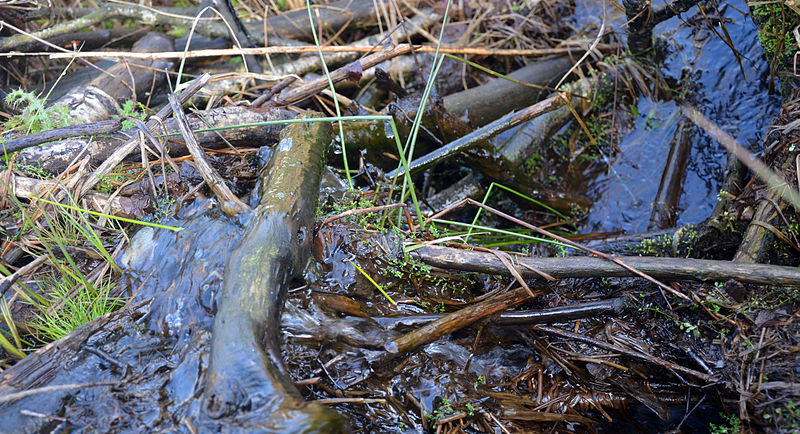
In a very short space of time the sediment in the river will start to change. You’ll get gravel being cleaned where the flow is concentrated, due to the ‘cleaning’ effect the wood induces, and leaf litter and finer sediment accumulating behind the large wood/ large woody debris. This makes the habitat more diverse and helps to clean the water by removing solids that would otherwise remain in the water column. The increased ‘flow diversity’ starts to create a pool-riffle sequence reformation, which means that the river will start to develop pools (deeper sections with a slow current) and riffles (shallower sections with faster, more turbulent water).
Kick-starting a chain reaction
Different creatures can make their homes in riffles and pools. Pools can provide refuge during dry conditions, for example. As the water flows more slowly, organic debris will settle out and provide a food source. Riffles provide clean, well-oxygenated spawning areas for many species of fish.
Woody material sets off a chain reaction: we start to get different sediment types, and we start to get nutrients such as phosphates recycled in the river system. And we start to get different microhabitats within the river channel.
More fish, more fish species
After a few days (or weeks), if you’re lucky you might notice more fish arriving, and more species of fish – they will be making the most of this new ‘buffet bar’ of invertebrates. The wood and the habitat it creates provide things which fish need, such as refuge from predators, shade, spawning and nesting areas, nursery and food for fish fry (young fish). As dynamic processes in the river start to interact with each other we see a mosaic of habitats start to form, and this process can build over weeks, months and years.
River meanders
Large wood helps to protect the riverbed and river banks from erosion and when installed on alternating banks it helps to recreate meanders (curves of the river), something we see in nature but not often in urban environments where rivers have been artificially straightened. These may take some time to form (months to years) – and are something exciting to watch out for.
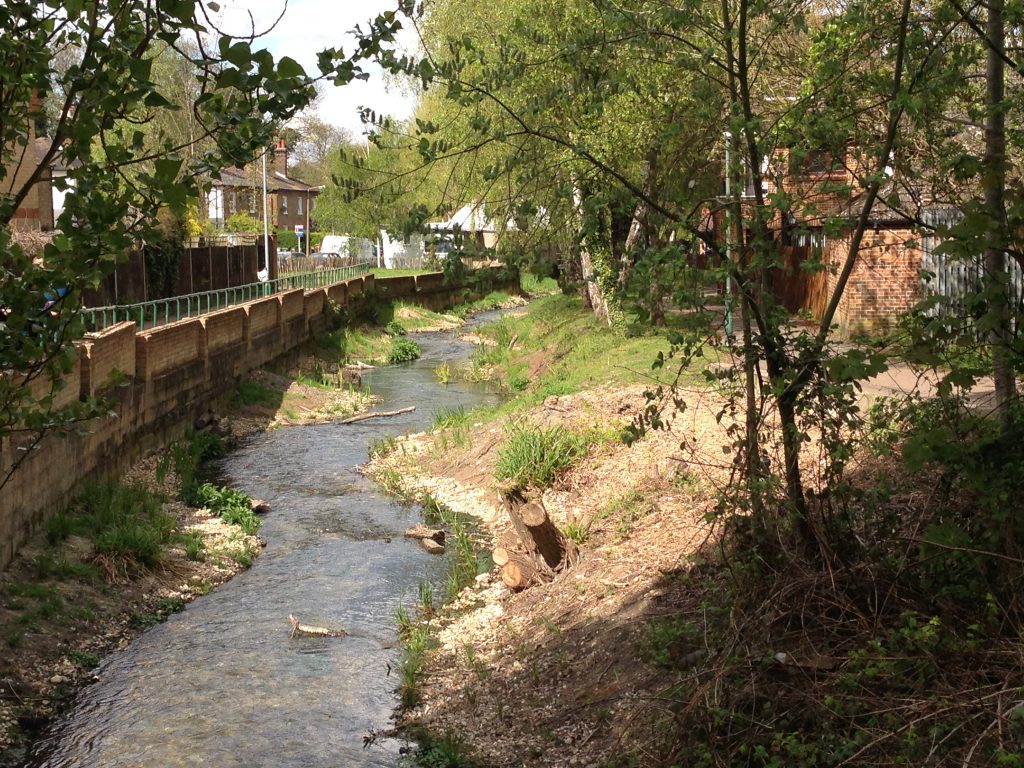
Invisible changes
Less obvious changes are also going on that you might not be able to see at first. Adding large wood brings more oxygen into the river through the increased ‘mechanical mixing’ of the water – and more oxygen makes it easier for many different species to live there. Wood influences biogeochemical cycles which can break down pollution faster, helping the river recover faster. This is important because when oxygen levels drop suddenly, wildlife can suffer.
Another change which you might not be able to notice immediately is that wood can trap plant seeds or spores, generating new shrubs and trees and then more shade, making our rivers cooler.
Many other river processes can be influenced by large woody material. The time it takes for for each of these to happen depends on many factors; each river system is unique and behaves in different ways depending on its gradient, its size and its location in the river catchment.
But it’s worth looking more closely at that messy clump of woody material next time you go on a river walk – and looking out for some of these changes can make that walk even more interesting.
